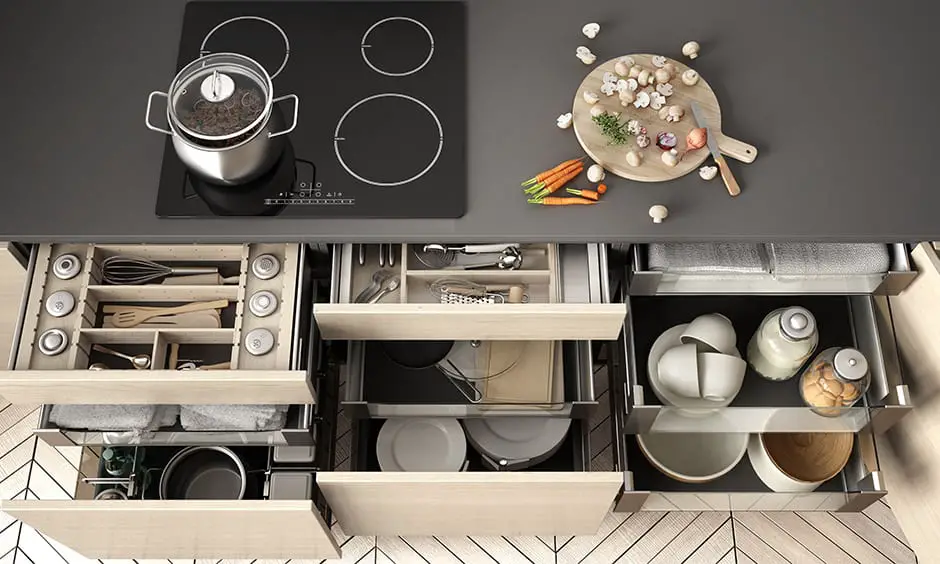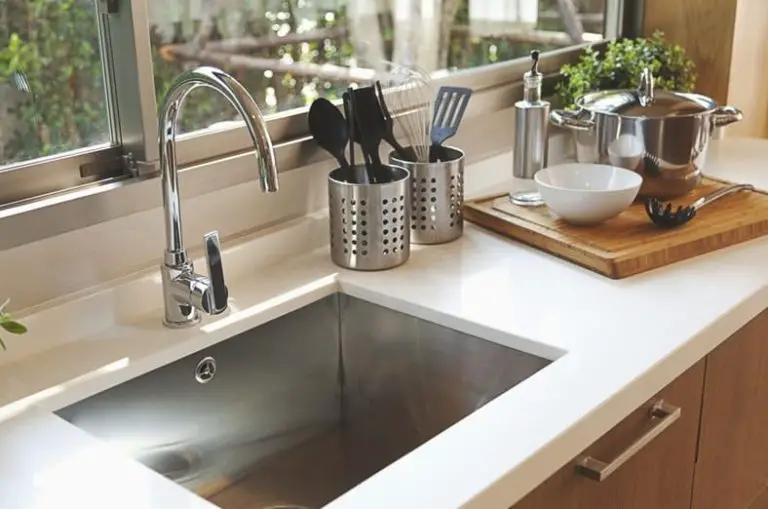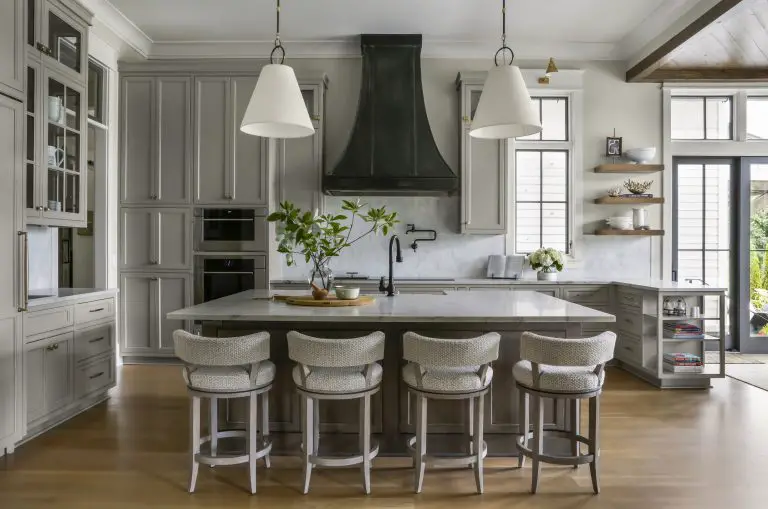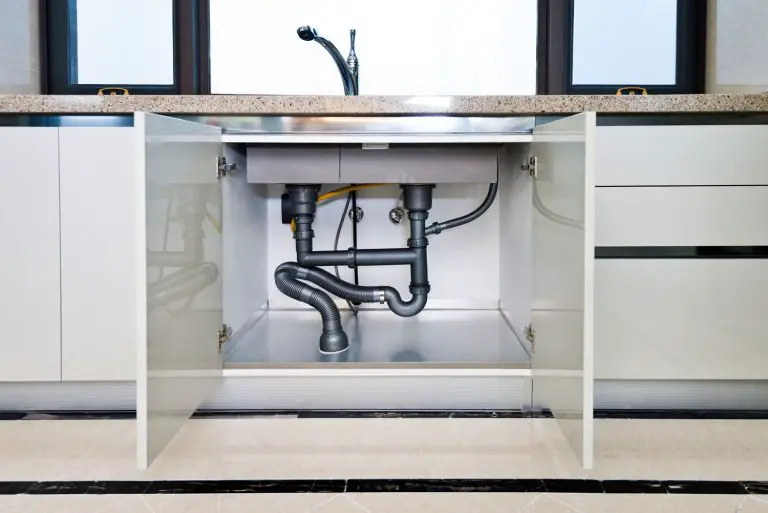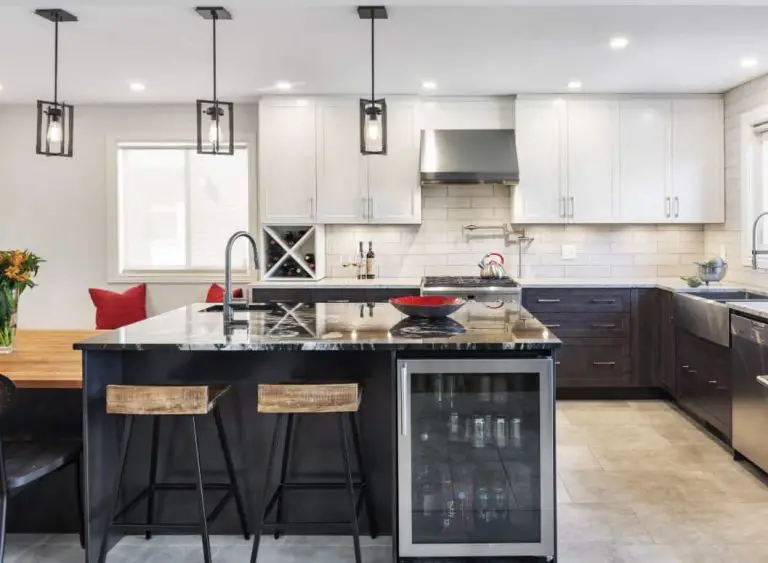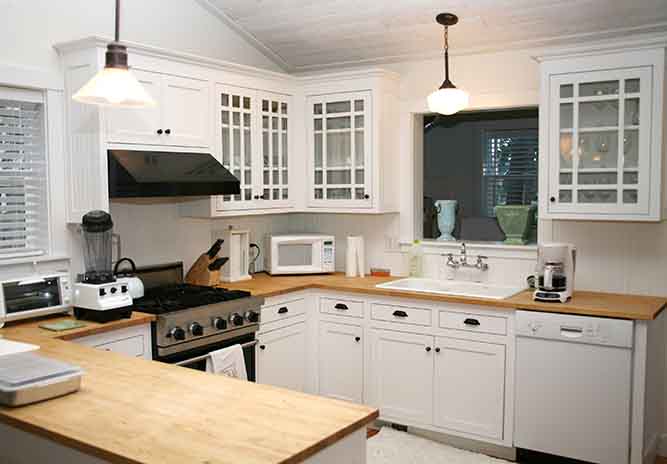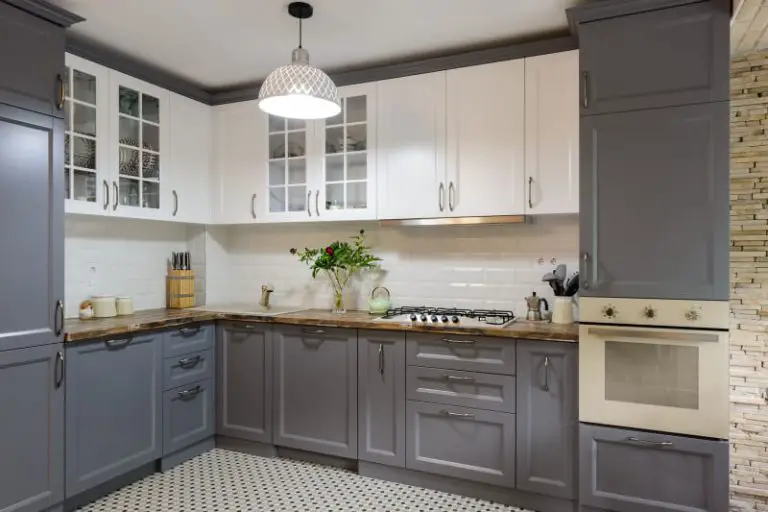How To Arrange Kitchen With Cabinets?
If you are wondering how to arrange your kitchen with cabinets, there are a few tips and tricks that can help you make the most of your space. Start by looking at the layout of your kitchen and figuring out the best way to utilize the space you have. Consider the type of cabinets you will be using and determine how they will fit into your design. Make sure to measure the space you have and plan out your cabinet sizes accordingly. Additionally, be sure to keep in mind the type of items you’ll be storing in each cabinet. This will help you choose the right size and number of cabinets. Finally, consider the style of the cabinets and how they will fit into your overall kitchen design. With a few simple steps and some careful planning, you can create a kitchen that is both aesthetically pleasing and practical.
Understanding Kitchen Cabinet Types
The design of your kitchen cabinets can make or break the look and feel of the entire kitchen. With so many types of kitchen cabinets to choose from, it’s important to understand the differences between them in order to select the right one for your home. Whether you’re looking for traditional, modern, or something in between, there are several cabinet types to consider. Wall cabinets provide an excellent way to maximize storage space while keeping the kitchen looking sleek. Base cabinets provide the foundation for a workable kitchen and offer plenty of space for countertop appliances. Corner cabinets are great for making the most of tight spaces, while tall cabinets provide plenty of storage for items that don’t fit in a standard cabinet. With the right combination of kitchen cabinets, you can create a kitchen that’s both stylish and functional.
Layout of Kitchen Cabinets
Kitchen cabinets can be a great way to make the most of your kitchen space. By choosing the right layout, you can maximize storage, accessibility, and style. The options include single-wall, L-shape, U-shape, island, corner, and peninsula layouts. Single-wall is the most basic and provides a single run of cabinets along one wall. L-shape creates two runs of cabinets in perpendicular angles, with the corner creating a useful work area. The U-shape provides three walls of cabinets, creating a more enclosed workspace. An island provides additional counter space and storage in the center of the kitchen, and a peninsula layout creates an additional counter space in the middle of the kitchen. No matter what style of kitchen you have, there’s a perfect cabinet layout to make the most of your space.
Choosing the Right Cabinets
When it comes to choosing the right cabinets for your kitchen, it’s important to consider the space you have available, your budget, and the style you are trying to achieve. Cabinets come in a variety of materials, sizes, and colors, so it’s important to take the time to find the right combination for your space. Be sure to measure your space and consider your needs before selecting cabinets that will keep your kitchen organized and stylish for years to come.
Design Considerations for Cabinets
Designing cabinets is no small task. From the materials used to the functionality and aesthetics, there are a number of considerations to ensure that your cabinets meet your needs and expectations. The materials used in cabinets vary from wood, laminates, metals, and even acrylics, and each of these will bring unique features and limitations to your project. Functionality is also an important aspect to consider when designing cabinets, as you need to make sure the space is used efficiently and that the cabinets are easy to access and maintain. Lastly, the aesthetics of your cabinets should be taken into account to ensure that they match the overall design of the space and blend in with the other elements. With careful planning and consideration, you can create the perfect cabinets for your home.
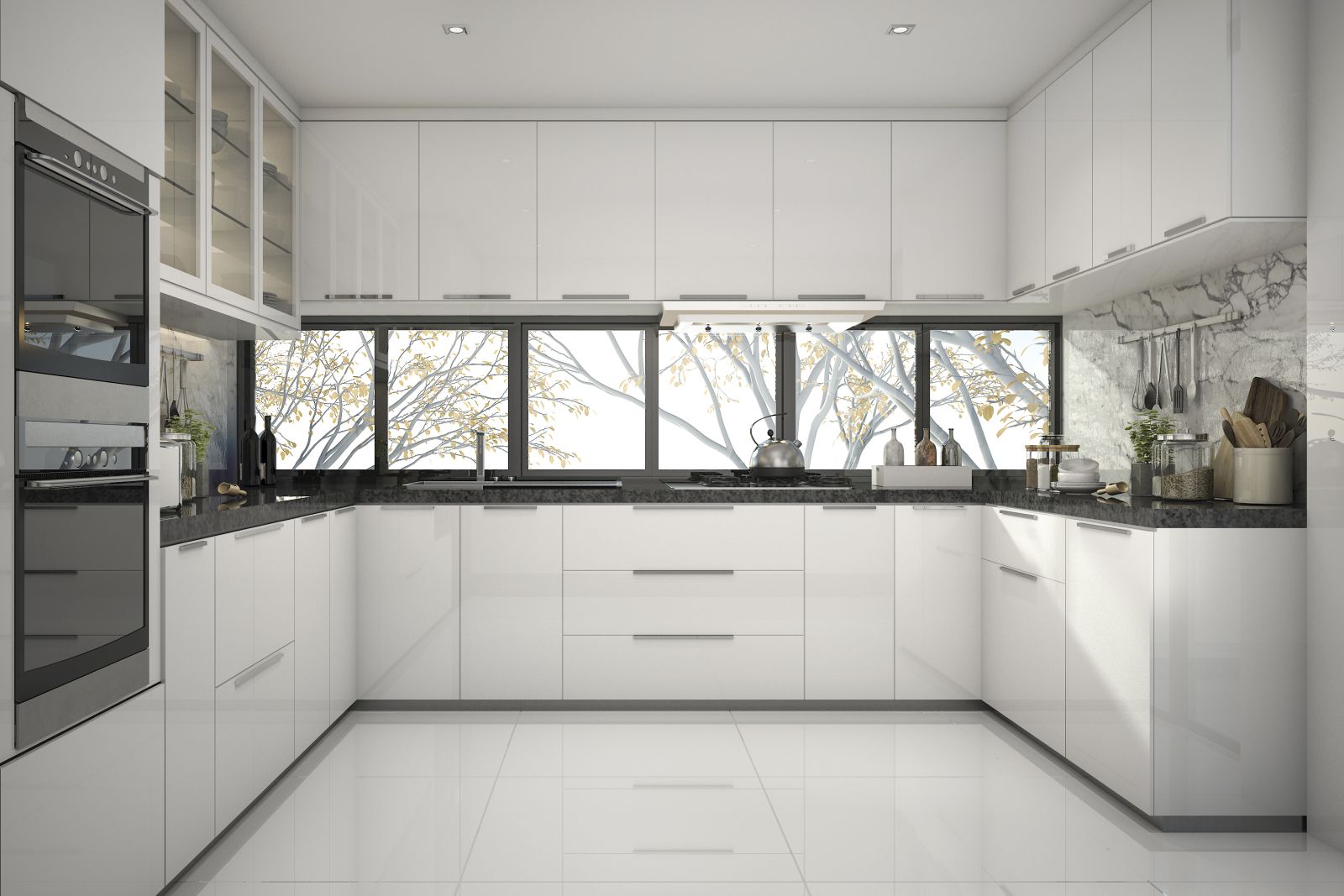
Installation of Cabinets
Cabinets are an important part of any home. Installing cabinets can be a daunting task, but with the right tools and skills, it doesn’t have to be. Taking the time to properly measure and plan out the installation will help ensure the cabinets fit perfectly and look great. Preparing the space for installation is key. Making sure the walls are level, the floor is flat and all the necessary supplies are on hand will help the installation process go smoothly. Once the cabinets are in place and secured, the finishing touches can be added. Installing cabinet pulls, handles, and hinges will complete the look and bring the entire project together. With the right preparation and attention to detail, installing cabinets can be a quick and painless process.
Organization of Kitchen Cabinets
Organizing kitchen cabinets is key to maintaining a neat and efficient kitchen. Not only does it make it easier to locate items quickly, but it also helps to create a more inviting and pleasant kitchen environment. By taking the time to properly organize your kitchen cabinets, you can make your kitchen an enjoyable space to work in. Start by taking everything out of the cabinets and sorting through items. Discard anything that is no longer useful, and organize the remaining items into categories. Consider using drawer dividers, lazy Susans, and other storage solutions to maximize space and keep everything neat and tidy. With a little bit of effort, you can create a functional and organized kitchen that you will enjoy spending time in.
Utilizing Space Effectively with Cabinets
Cabinets are a great way to make the most out of any space. Whether you’re looking to maximize storage in a tight area or make a room look more organized, cabinets can help you get the job done. Not only do cabinets provide storage solutions, but they can also be used to add visual interest and structure to a room. With the right design and materials, cabinets can help you make the most of your space while creating a stylish and functional living space. So, if you’re looking to get the most out of your area, consider utilizing cabinets to maximize and organize your space.
Maintenance of Kitchen Cabinets
The maintenance of kitchen cabinets is essential to a clean and tidy kitchen. Not only does proper maintenance keep your kitchen looking its best, but it also helps prolong the life of your cabinets. Regular cleaning and occasional oiling of hinges and handles should be part of your routine. Keeping the exterior of your cabinets free of dirt and grime will also help protect the wood and paint from damage. When cleaning, use a mild detergent and a soft cloth or sponge, and gently rub away any dust and residue. If you have oiled your kitchen cabinet hinges, make sure to re-oil them regularly to prevent squeaking or sticking. Finally, be sure to inspect your cabinets regularly for any cracks or signs of damage, and make any necessary repairs as soon as possible. By following these simple steps, you can ensure that your kitchen cabinets stay in tip-top shape for years to come.
Conclusion
Arranging the kitchen with cabinets is a great way to maximize the storage space you have and create a stylish and organized look. Consider the layout of your kitchen, the style of your cabinets, and the type of cabinet hardware you’d like to use. Think about how much storage you need and what items you want to store in the cabinets. Consider using drawer dividers, lazy susans, and pull-out shelves to create order from chaos. With careful planning, you can create an organized and stylish kitchen with cabinets that reflect your personal style.

